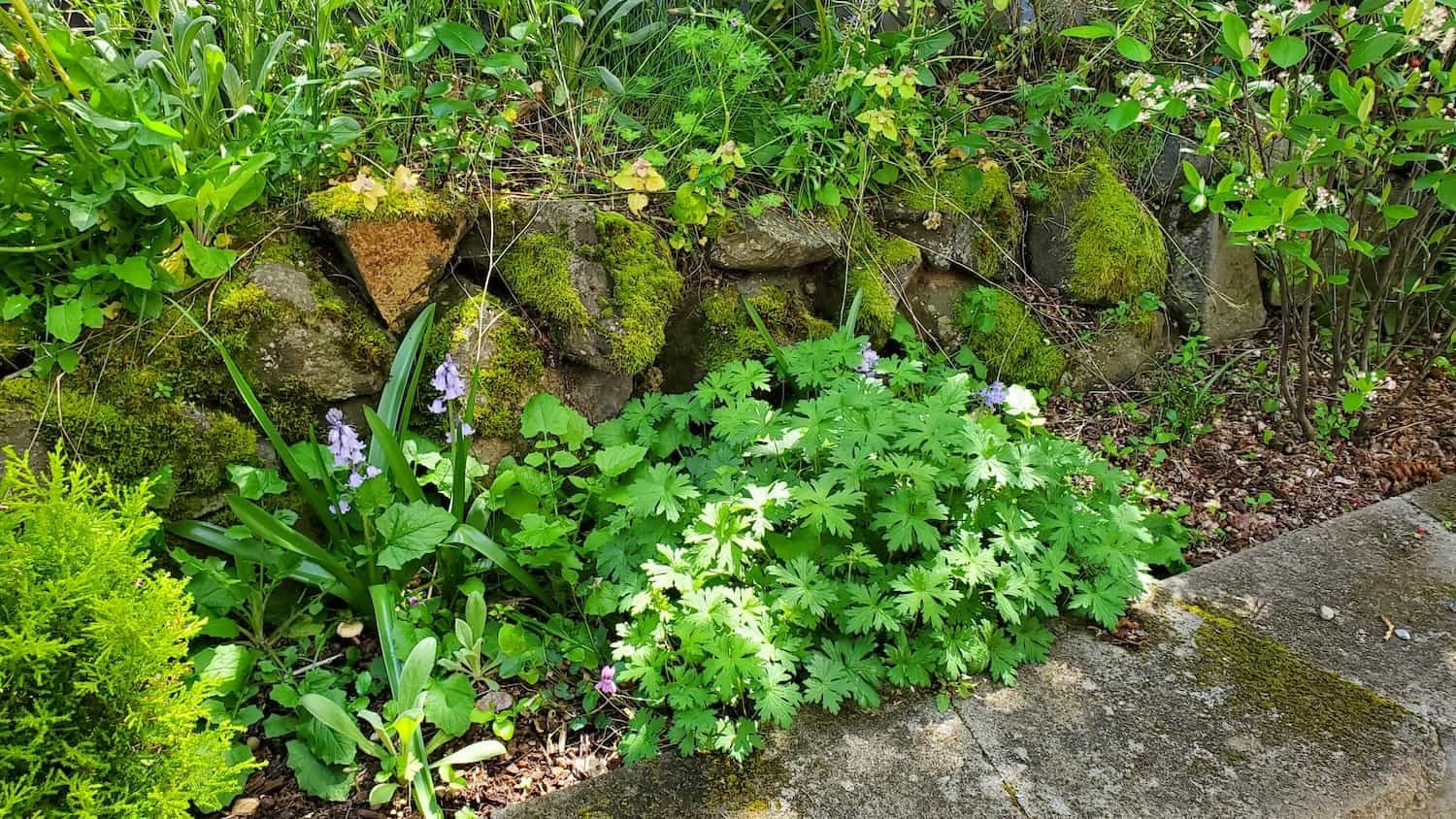West Seattle Siberian elm removal
Homeowner’s Issue
Siberian elms sucker, seed, and grow fast — exactly the sort of plant that complicates small West Seattle yards, hillside lots around Admiral, and cottages near Alki. Many properties here sit on glacially derived soils with patches of compacted loam or shallow fill; combined with our wet winters and brief dry summers, that encourages surface root spread and basal sprouting. On sloped lots above Lincoln Park or along California Avenue, elm roots lift sidewalks, pry at retaining walls, and push up irrigation lines. In shady, moss-prone corners they drop wet, fibrous leaf litter that smothers groundcovers and feeds ivy and blackberry thickets.
HOAs and neighborhood guidelines in West Seattle often push for clean sightlines and safe sidewalks — a leaning elm or a tree with brittle limbs becomes an inspection liability. Homeowners also face high weed pressure from English ivy and Himalayan blackberry, and repeated resprouting from elm root collars if stumps are left untreated. Given Seattle’s bird-nesting season (generally March–August) and our frequent winter storms, timing and technique matter. Our approach removes the hazard, reduces reshoot risk, and prepares the site for low-maintenance, native planting that fits West Seattle’s microclimates.
Our Quality Service
We assess each elm onsite, then remove it using rigging, sectional lowering, and a stump‑grinder. Team arrives with chipper, grinder, trailers, hand tools, and erosion-control materials for slopes. Work windows are typically half‑day to a full day for a single tree; larger trees or difficult-access sites take 1–2 days.
We only use sustainable methods — no herbicides. Stumps are ground below grade, wood is chipped on-site when practical, and green waste is hauled to King County facilities or composted. We avoid tree work during peak nesting months where possible and recommend fall or late-summer removals for easier access and lower runoff risk. Benefits include improved safety, reduced maintenance, preserved curb appeal, and a prep-ready site for native shrubs that stabilize slopes.
What’s Included
- Full site assessment and written quote
- Safe tree removal with sectional felling or crane/rappel work if required
- Stump grinding to below-grade (depth noted in quote)
- On-site chipping and haul-away of wood and brush
- Final sweep and tidy of driveway, sidewalk, and planting beds
Options / Upgrades:
- On-site wood-chips left as mulch vs. hauled green-waste
- Cardboard smothering + mulch for weed suppression (no herbicides)
- Native replanting package (salal, ocean spray, red-flowering currant)
- Soil amendment and erosion-control fabric for slopes
- Haul-away vs. King County green-bin drop-off
Before & After / Expectations
Expect some noise and a day of activity: chainsaws, chipper, and grinders. For a single mid-size elm we usually finish removal and grinding same day; larger trunks or tight-access yards may require an extra day and partial street parking for a chipper truck. Hardwood chips make excellent pathway or bed mulch but will be coarse the first season.
Post-removal reality: Siberian elm can resprout from root crowns. Because we do not use herbicides, we recommend either repeated cutting of suckers, coppicing until root reserves exhaust, or replanting quickly with dense native shrubs to outcompete shoots. Water new plantings through late summer dry spells; avoid overhead watering in shaded, moss-prone spots. On slopes, install terraces or native groundcovers to control erosion and reduce future weed invasion.
FAQs
Q: How long until the stump fully decomposes after grinding?
A: With grinding below grade and chips removed, the visible stump is gone; remaining roots can take 2–5 years to break down depending on size and soil. Replanting accelerates recovery.Q: Do you use herbicides to prevent regrowth?
A: No. We do not apply herbicides. We use grinding, repeated mechanical cutting, smothering, and replanting to control regrowth.Q: When’s the best time of year for removal in West Seattle?
A: Late summer to early fall is ideal for access and lower runoff risk; avoid mid‑spring nesting season when possible.Q: What about access and permits?
A: We assess access during the quote. Sidewalk/curb impact or street closures can trigger city permits — we’ll flag that in your estimate.
Call to Action
Ready to clear an elm that’s causing damage or taking over your yard? West Seattle homeowners get quick scheduling and practical, sustainable solutions. We provide free photo estimates or on-site quotes and explain realistic timelines up front.
Email to book a free estimate: neatandtidyseattle@gmail.com.










